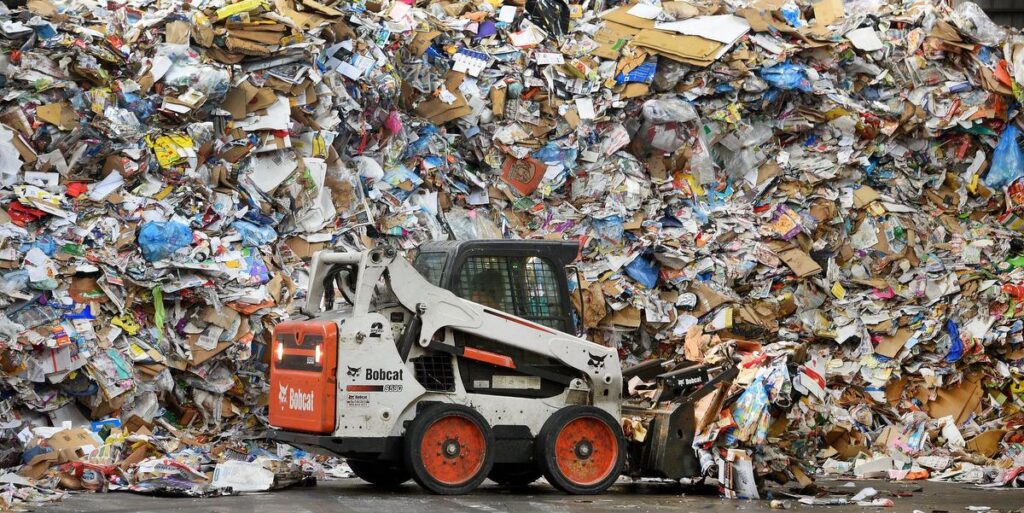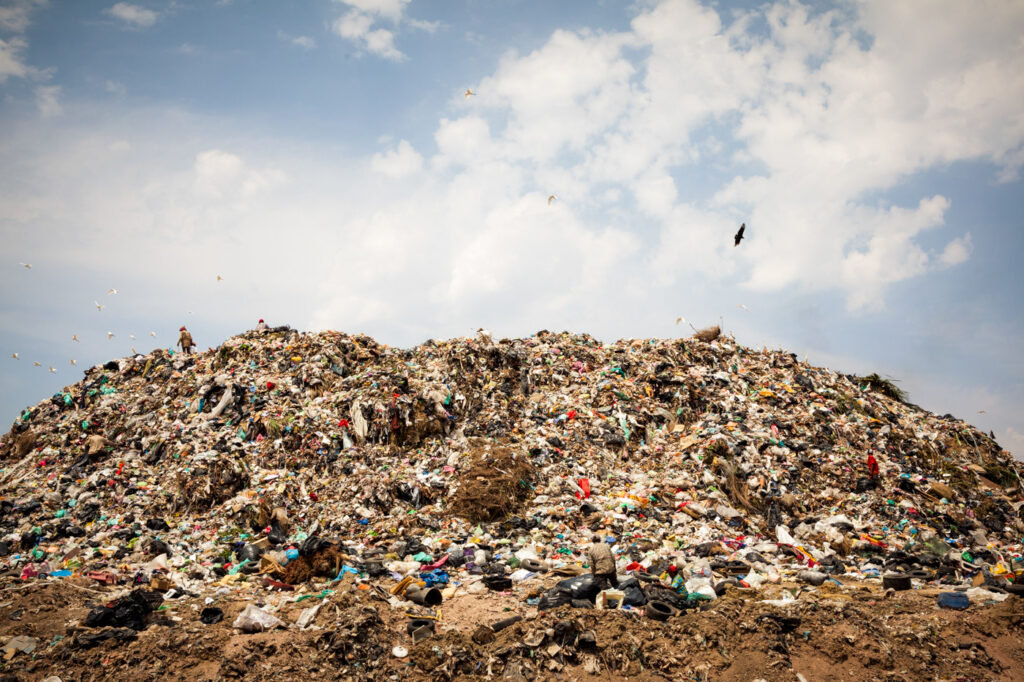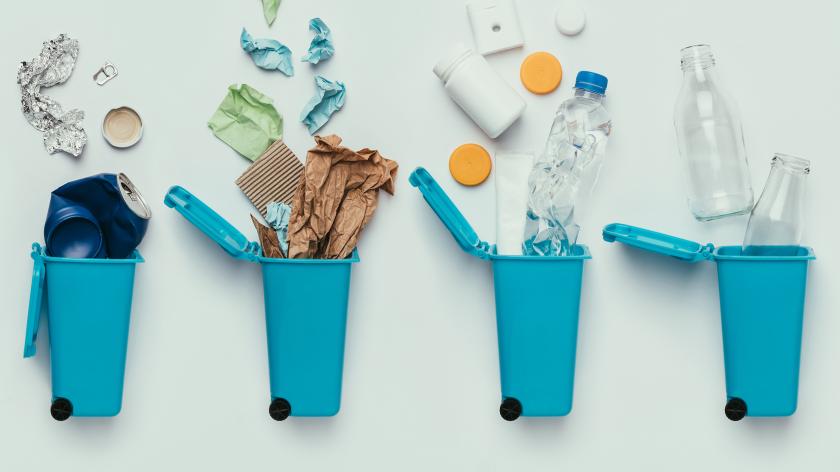Recycling: A Journey Full of Challenges

Recycling is the keyword for future-looking consumer thoughts and will be an essential part of any production behavior of the future. So far, we all know that humankind can only survive if it can close the loop of energy production and consumption. For a long time, the circular economy has taken its position in state-of-the-art business plans.
In the war against waste, we have two major frontiers: Industrial Recycling and Post-consumer recycling. Here we will articulate the most recent findings on the latter one because Industrial Recycling (aka in-house recycling) is already up to speed. But, unfortunately, it’s almost invisible to most of us.
Let’s focus on the moment you’re in your kitchen in front of the trash can with the plastic packaging of a sandwich you just ate. This is the moment that the destiny of that trash will be written. Of course, you’re a good, informed, and educated person, and you will throw it into the bin with other plastic waste, which will end up in a recycling center and become raw material for a new product. Here is some bad news for you, the chances that what you just threw won’t get recycled or is not even recyclable are incredibly high.Ninety-one percent of the world’s plastic doesn’t get recycled (1). There are many confusing indicators in the back of your packaging trying to tell you where and how to throw it away. Even then, it might not be possible for it to end up in a recycling facility because your municipality might have specific rules for collecting waste. Well, who could know… You are right, and it’s somebody else’s problem until there’s no more someone else.

For decades, Europe and US were sending the bulk of their recycling to China—tons and tons of it. But last year, the country restricted imports of particular recyclables, including mixed paper—magazines, office paper, junk mail—and most plastics. Waste-management companies everywhere are telling towns, cities, and counties that there is no longer a market for their recycling. These municipalities have two choices: pay much higher rates to get rid of recycling, or throw it all away (2).

Wishcycling
So you are Wishcycling, like most of us. Wishcycling is when people place non-recyclable items in the recycling and hope those items will end up being recycled. However, the unfortunate reality is that these actions contaminate the recycling stream and reinforce the very problem of waste, describes Leyla Acaroglu in her article. (3) We live in a material age where tens of thousands of different material and product combinations enter homes the world over. After a few decades of being told that recycling is great, we wishfully place many of them in the recycle bin, feeling good and hoping for the best.

One can find guidelines and instructions on how to recycle in their location. Still, through many processes after the disposal of the product, it may end up in the ocean or an incineration facility contributing to the worse scenario. Let’s say your sandwich packaging arrived at a recycling center. Now it’s facing a bunch of processes that remove and discard a big part of it (RFID tags, protective films, highly printed areas, etc.) OK, after losing parts and bits, your sandwich packaging is now partially recycled (mostly downcycled). Look at this beautiful bag of flakes waiting to become a new product. Here’s an ultimate obstacle: although recycled plastics and other materials should simply get reused, factories are still keen on making their products with new materials instead of using recycled ones. Many manufacturers, according to Vice, don’t want to bother reusing materials for cost and appearance reasons. (4)
As you may have noticed by now, the delegation chain in post-consumer waste is incredibly complex, and no one appears to be accountable.

Solution
We in vve.studio are conscious that generating solutions to waste problem should start in its creation. We are passionate designers that want to surround you with beautiful, functional products, but we are also deeply aware of the sustainability and future of our planet. Here are some of the principles we adopted in our creative phases:
1- Mono-material design: This is where our minimalistic approach comes from.
2- Premium quality materials: Not only for the user but also for recycling.
3- Less volume and less weight: Transportation and distribution have a cost to the environment. It’s up to us to reduce it.
2- Premium quality materials: Not only for the user but also for recycling.
3- Less volume and less weight: Transportation and distribution have a cost to the environment. It’s up to us to reduce it.
We believe that there can’t be a single person or entity to blame for issues in a highly structured society like humankind is living in. So we need to intervene in the collective consciousness and start working on the beginning of the cycles, like design itself.
Resources:
(1) What percentage of recycling actually gets recycled by Andrew Krosofsky
(2) Is this the end of recycling? by The Atlantic
(3) The trap of wishcyling by Leyla Acaroglu
(4) Why don’t we just make everything out of recycled plastic? by Kaleigh Rogers
(1) What percentage of recycling actually gets recycled by Andrew Krosofsky
(2) Is this the end of recycling? by The Atlantic
(3) The trap of wishcyling by Leyla Acaroglu
(4) Why don’t we just make everything out of recycled plastic? by Kaleigh Rogers

